Affiliate links on Android Authority may earn us a commission. Learn more.
The biggest mobile tech blunders in history
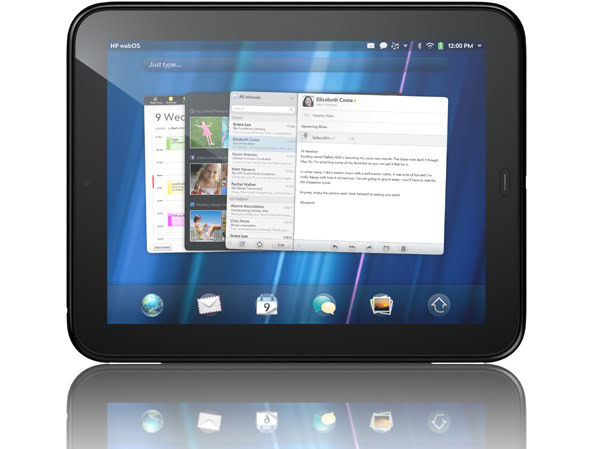
Today, we can do things with technology that would seem like magic even fifteen years ago. We carry around glass rectangles that can tell us anything we want to know. But it hasn’t been a totally smooth process. Thomas Edison said that in his failures, he learned how not to make a lightbulb. Let’s see how smartphone makers learned how not to make lightbulbs.
The heart breaker
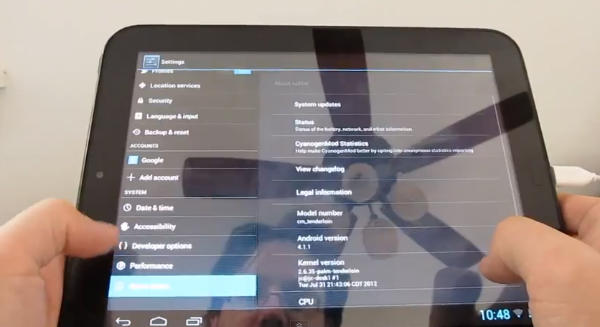
The rise and fall of webOS has been documented time and again, so I won’t go into the hows and whys. It was one of those really great platforms that seemed to have it all: ease of use; intuitiveness; a passionate fan base; customizability, but not to the point of micromanaging. It had lofty goals— multiple platforms all working together, UI that would have actually worked, regardless of screen size.
Alas, mismanagement coupled with hardware and software issues led to webOS’s untimely demise. It just wasn’t in the cards for webOS to survive up against (at the time) Android, iOS, BlackBerry, Windows Phone, and others. The field was too crowded.
But webOS’s legacy remains even today. There are so many pieces of webOS found in today’s modern smartphones, that the fans among us can still smile at the memory – and at the fact that it’s 2017, and we’re still talking about it. In fact, these days the OS is owned by LG and is what powers many of their Smart TVs, even if you wouldn’t know it from looking at the UI.
Sunk like a stone
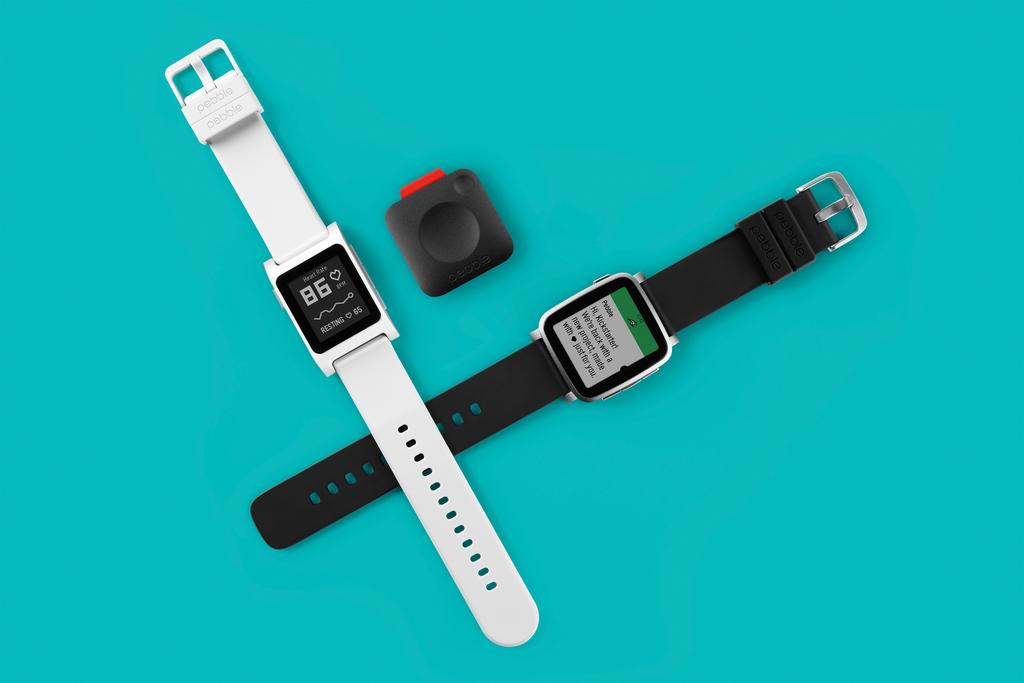
Pebble wasn’t the first smartwatch in the world, but it was arguably the first one the world noticed. The original Pebble, with its E Ink display, inadvertently set the standard for battery life in the smartwatch community. It’s a standard that no other product lived up to, even today. When Pebble burst onto the scene it set Kickstarter records and showed all the promise of what a good smartwatch could be.
Then came Android Wear, and the Apple Watch, and Tizen, and a number of other watches that all did more, but only lasted a day— if that. These other watches provided full-colored prettiness, slick animations, and tons added functionality that Pebble couldn’t match. Pebble released a color version of its watch – the Pebble Time – along with a newly revamped operating system which included 1984 Atari-style animations. The use of color e-ink maintained the high battery life, but the watch just couldn’t compete with the big players out there, and their Toy Story watch faces.
Pebble eventually sold to FitBit who basically scrapped the whole project. Support for the Pebble has ended, but a small core of developers and fans have devoted themselves to keeping the Pebble alive.
Facebook, go home
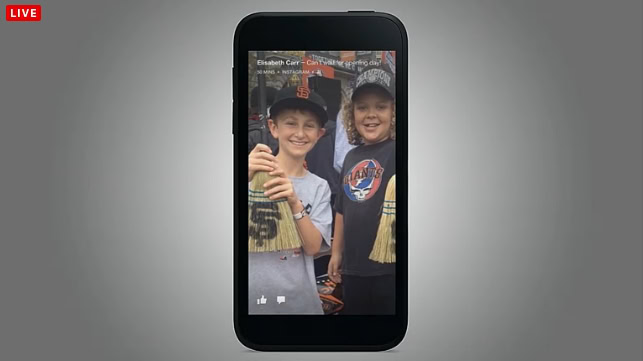
The HTCFirst was a monumental failure in almost every respect. Facebook Home wasn't nearly mature enough to be a main feature of a smartphone and the time since has proven that it never would...Joe Hindy
2013 saw Facebook dive into the mobile market with… a custom Android Launcher? Facebook Home basically took over your lock screen, updating it with a rotation of status updates from your friends. The neat part was that photos from your friend’s feed served as the background for those updates. It was pretty.
Facebook Home also introduced Chat Heads, floating chat bubbles that expanded into Facebook Messenger. This allowed you to have a conversation going, quickly minimize it to look at something on your screen, then bring it back by tapping the bubble. You could move them around the screen, up/down/left/right. This was a polarizing feature. Personally, I was a fan, but plenty didn’t.
What really nailed this down as a tech failure was the device that actually came out at the event.
First at what?
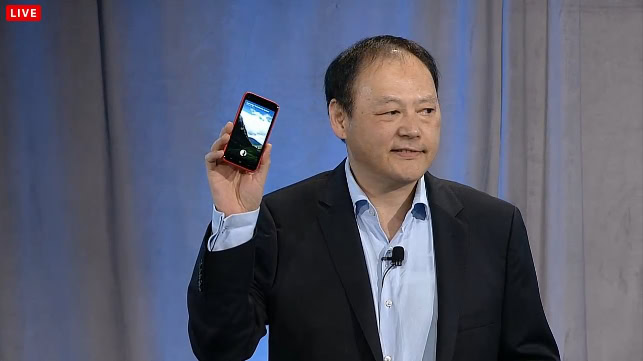
...HTC was only on the verge of collapse back then and the First only served to hasten its dramatic swan dive. The HTCFirst and Facebook Home are both now little more than bad memories, forgotten in the great flow of time, where they belong.Joe Hindy
HTC announced the First alongside Facebook Home. It was the first phone to natively incorporate Facebook Home as its skin. It was a midrange phone with a relatively poor camera. Some folks figured out that it you turned off Facebook Home, you got a mostly stock Android experience. Since stock Android is the best in the world, it was awesome!
Actually, it was still a midrange phone with a crappy camera. But hey, stock Android, right?
Overall, Facebook Home was predicated on the fact that people still used Facebook, and the HTCFirst was predicated on the fact that people wanted Facebook Home. Both were fine for heavy Facebook users, like myself. But a “Facebook phone” was a bit ahead of its time for many. Maybe if it were a Snapchat phone, this would be a different conversation. No, probably not.
Curved displays
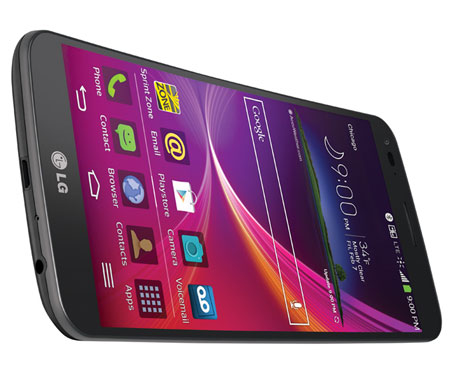
The LG G Flex came along in 2015 with a full curve to the entire device. It set the device apart from all others, but what did it really solve? Nothing. Jonathan Feist
The LG G Flex line brings us a two-fer of failures. The curved screen of the LG G Flex and LG G Flex 2 offered some unique capabilities. Like the 18:9 screen ratios of today, the curved screen made the G Flex and the G Flex 2 feel smaller and easier to use in one hand. Arguably, today’s implementation is more elegant. The curved screen of the Flex also allowed the phone to slip more easily into a back pocket, and hold up to your face. Regardless of the cheek the phone interacted with, the curved added to the elegance.
Curved screens abound today in larger form factors, like TV’s. At the size of a TV, curving a screen makes a ton of sense. It allows you to have a more immersive experience with your media. At 5.5 inches, you don’t really get that same sense of immersion, unless you want to hold the phone up to your face and give yourself a headache.
We also need to give an honorable mention to the Samsung Galaxy Round which… well, let’s just say there are some things that are better off dead.
Smartphone, heal thyself
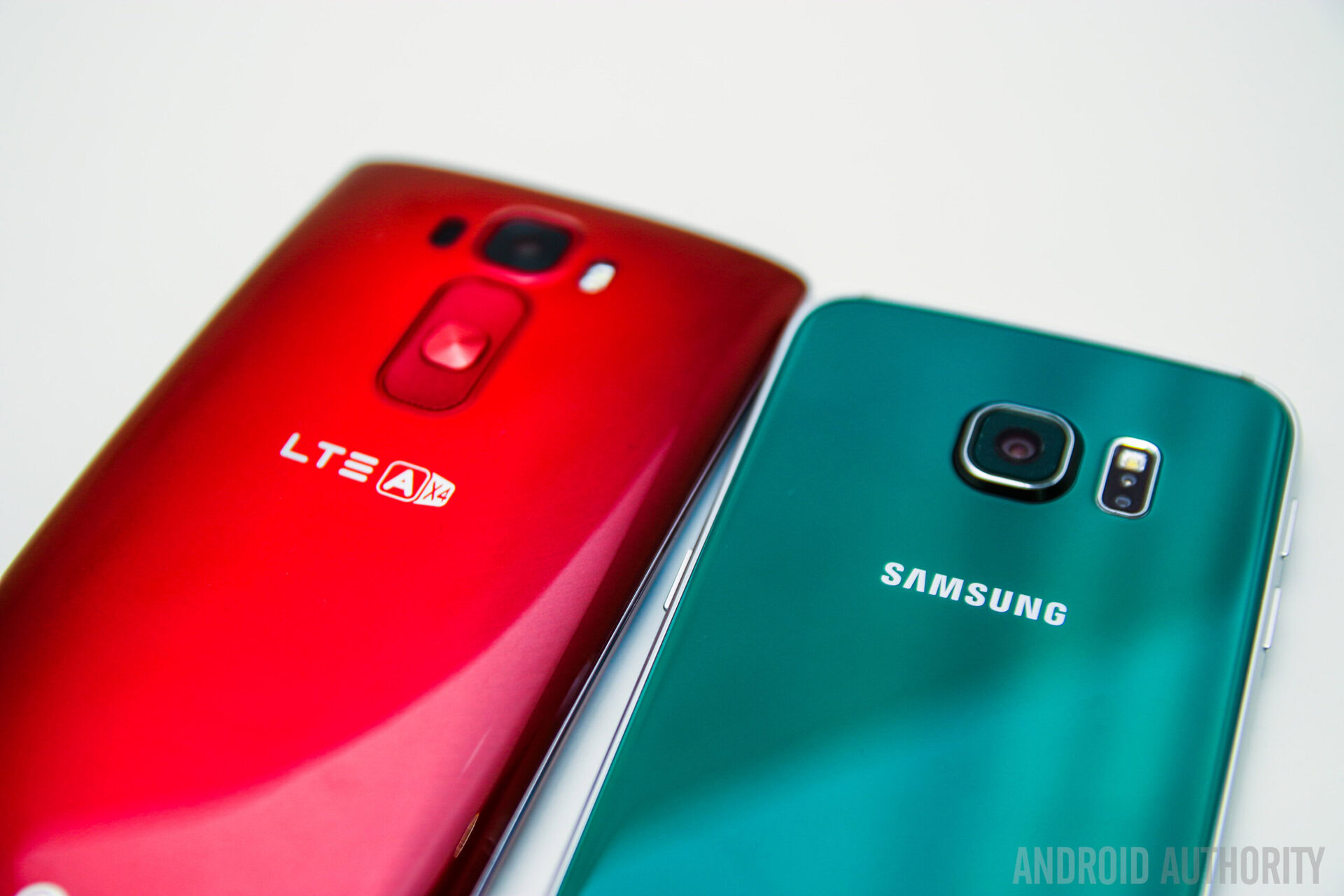
“I was happily making my hands-on video…took my key out and just rubbed it on the back of the phone. I didn't think i pressed all that hard, but I did.” Joshua Vergara
Also on the Flex line of phones, LG experimented with a self-healing material that could rid phone backs of scratches and nicks. This tech was a little more experimental in nature. The self-healing part of the phone back worked, as long as you were willing to rub out the scratches. Scratching your phone too deeply could still be permanent, too– even self-healing tech has its limits. As long as you kept the scratches to hairline, or smaller, you were good to go.
The tech was limited as hell, but in a time where smartphones were all becoming more and more alike, it was nice to see a company sidestep and try something new. We respect LG for trying that out, even if neither innovation really made headway in the industry.
Glassholes
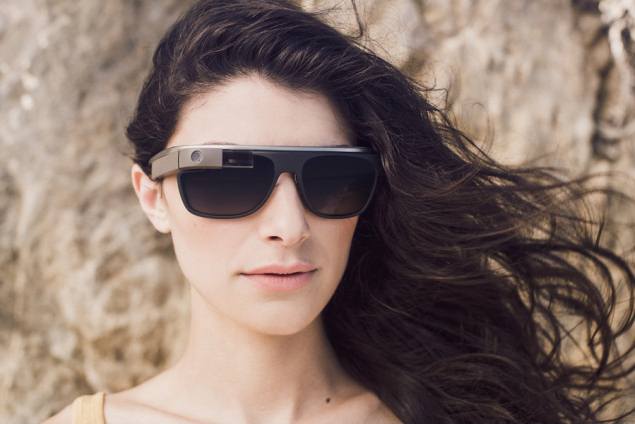
Finally we come to one of the biggest failures in recent memory – Google Glass. Though calling this a “failure” might be premature as a new version is on the way. This new version is geared more toward enterprise applications – factory floors, etc. Frankly that’s probably the smartest thing Alphabet could have done with this product because of how messed up the 1.0 version was.
You could point to various parts of the device – the battery life, the functionality, and so on – as its main downside. But the fact of the matter was Google was likely never going to shake off the “glassholes” moniker that its users got saddled with early on. From its inception, Google Glass was subject to ridicule (#peacock). The device was simply not socially acceptable to wear because people were afraid of being surreptitiously filmed. Google glass brought with it an aura of douchiness even greater than that exuded by the those who walked around with a Bluetooth earpieces in all the time. It also mixed in a healthy dose of paranoia.
The good news is Google definitely learned from this failure. The next generation of Enterprise-focused Google Glass is already progressing. One can hope that this experiment will yet yield fruit, even if it’s not as sexy as a consumer product.
Learning
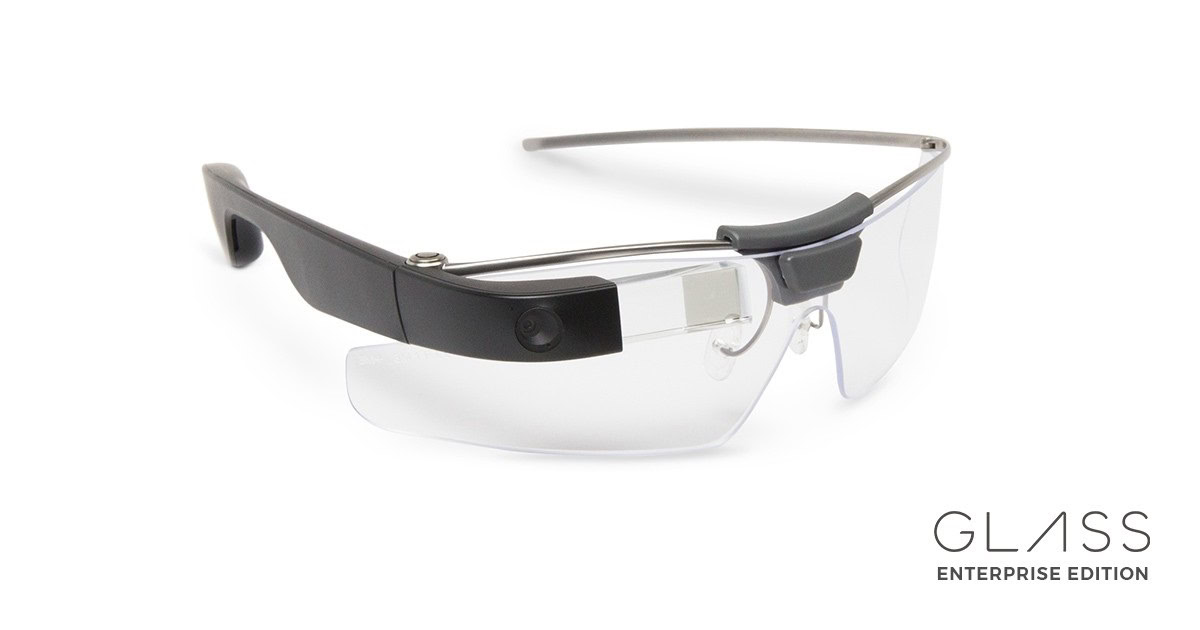
Tech failures aren’t necessarily bad . As often as not, we learn something from our failures. My father always told me, “As long as you learn from your mistakes, they’re not mistakes. They’re experiments.” OEMs these days could stand to experiment a bit more, if I do say so myself. As long as we’re learning what works and what doesn’t, we’re all the better for it.
What about you? What are your favorite tech experiments from the past few years? Why do you think they failed? Did you buy into any of them? Sound off in the comments below! Who knows, maybe the next great experiment is on the horizon.